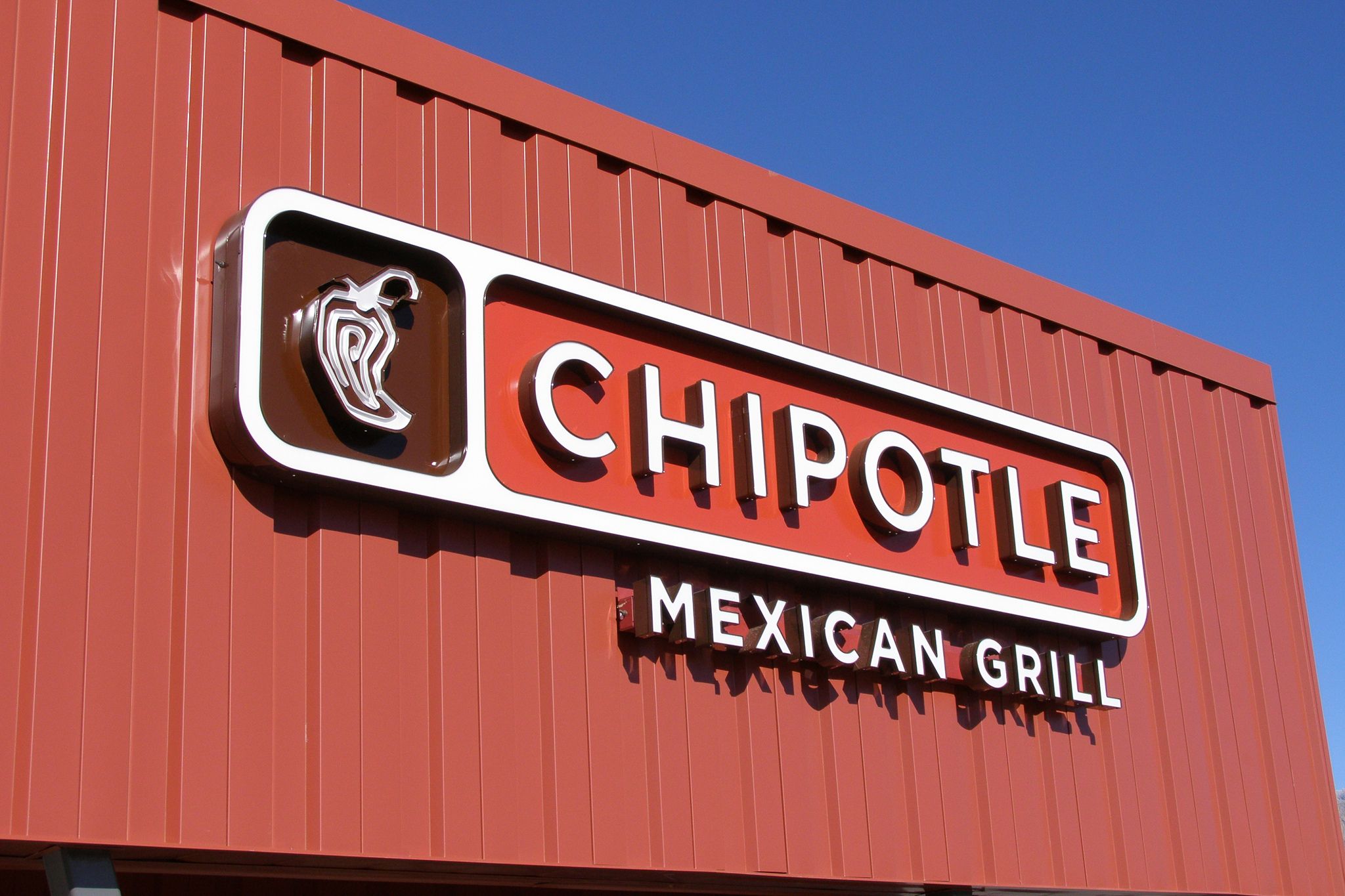Arturo Tanus started his job as produce safety manager at Chipotle in April of 2016. At the time, Chipotle was desperately trying to bring customers back through their doors after more than 450 people in multiple locations got sick with a food-borne illness from August 2015 to February 2016. It was a complicated outbreak, with multiple pathogens including salmonella, E. coli, norovirus and Tanus. Tanus and executive food safety director James Marsden, who started a few months prior, had their work cut out for them.
An SEC filing from Chipotle last week stated that same-store sales have mostly returned after five periods of decline — a data breach slowed the restaurant’s recovery in late May. But the same filing revealed that the company’s food costs are increasing, in addition to its largest-ever marketing spend on a new campaign, causing the stock price to tumble.
We caught up with Tanus at the Future Food Tech Summit in New York, to find out how Chipotle responded to the food safety crisis and what technology they are using to help.
What changes have you implemented at Chipotle since the incidents in 2015 and 2016?
We have a few key initiatives. The first one after the incidents in 2015 was to get the supply chain in control. We suspended a final product testing program that we had in place because we decided that it would be better to focus on validating and making sure that the antimicrobial or the “kill steps” that the suppliers have in place are effective.
Testing for food safety is not logical. It doesn’t make sense. Statistically, it’s an impossibility. You can test 99% of your product and you still have that 1% that could be contaminated.
We decided to take a more scientific approach and ensure that the preventative controls at the supply level were effective. And we worked with our suppliers so that they could show us the validation and we analyzed that validation and we also required them to work on additional interventions because the more controls in place, the safer the supply chain is gonna be. That was one of the eight initiatives.
Another initiative that we put in place requires some innovative solutions to control contamination. We are implementing an environmental control with peroxides in the restaurants which are designed to control some pathogens like norovirus in the environment. We implemented blanching for our produce. Lettuce is going through a wash process with an antimicrobial solution that is food-grade approved. Jalapeños, onions, avocados, bell peppers; everything that can be blanched is blanched.
We also switched from having the beef cooked at the restaurant. We are using a process called sous vide and we use a central kitchen to provide pre-cooked beef that goes straight to the grill with no contamination. We season it with the adobo and we substantially minimize the risk of contamination of that product. It sounds fancy but it’s only a slow cooking process in a bag. We also are processing our chorizo with high pressure pasteurization. We also started doing the chicken prep at the end of the night so it wouldn’t contaminate anything else.
We analyzed which were the higher risk ingredients and we are focusing on those. We also went from dicing the tomatoes in the restaurant to a supplier that provides diced tomatoes that are treated with an antimicrobial solution.
A lot of fast casual chains are touting that their food is made in-house, but it sounds like that increases the risk?
Sure it’s a risk, but you have in place practices that minimize that risk like using gloves, aprons, proper attire. You have in place a wellness check — that’s another thing that we did, we started a [Hazard analysis and critical control points] HAACP program. We trained more than 350 of our field leaders in HAACP. We developed a HAACP plan for our restaurants and our first step is a wellness check. We don’t allow any of our employees to be working when they are ill and we even provide three paid days so that they can go home, rest it out, get healed and then come back to there restaurant when there is no risk of sharing anything.
How do you work with your partners on agricultural practices and food safety standards? How closely are you working with farmers directly?
We have two types of growers. One type is large contract growers that work for us and purchase from other small growers or grow their own products. We work with them the same way we would anyone else. We sit down and negotiate prices and specifications, and then we ensure that these specifications are met. We audit their farms so that we can ensure that the quality and food safety standards meet what we require.
Then we have other types of growers that we call local growers. We have around 40 local growers that are approved. The way we work with them is the same. We require high standards from them and we require them to have audits that are [Global Food Safety Initiative] GFSI approved. When they are not able to meet those standards, we have a program where we can support them economically to work to achieve those standards, whether they require a computer or training or a particular improvement in their operation. We analyze the capability of that grower to sustain a longterm partnership with us and if that’s the case, then we support them and we establish a relationship based on food safety and quality standards that they need to meet.
What kinds of technology are you using to encourage compliance with these policies with restaurant workers?
I’m glad you mentioned that. We are in the process of testing a digital version so that we can make it easier for them to do their checks. Rather than writing down the temperature, they will use a thermometer that will record the temperature automatically. We’re in the process of evaluating a software company that has a solution for that. So we’re going to be implementing that pretty soon. Also, we implemented a traceability program with FoodLogiQ and our supplier management program is housed in the same software. [FoodLogiQ helps clients to track produce throughout their supply chain and also issue recalls where necessary.]
What kind of passive monitoring are you doing or looking into? Sensors? DNA pathogen testing? Freshness monitoring?
Yes. I’m working with someone to see if we can work on a solution to sense the ripeness of avocados; that’s one of our main quality problems. Sometimes we get avocados that are too hard and we cannot make guacamole.
That will help the suppliers to make sure that they have shipments that are more consistent and our distribution centers will be better able to predict when they need a shipment and what they need.
As a food safety specialist, can you weigh in on recalls? Are more recalls a good thing? Do more recalls mean we’re catching problems and avoiding sickness?
No I don’t think that recalls are good. More recalls aren’t good because that means something is failing in the system. Now we have more recalls because we have more ways to investigate. But I think if you have a recall, it means something slipped through the cracks. I think we need to work in a more predictive way so that that doesn’t happen. It’s good that now we can detect them sooner and more accurately; that’s definitely a plus. But it’s still reacting, not presenting, not predicting.
Image credit: ccPixs.com




